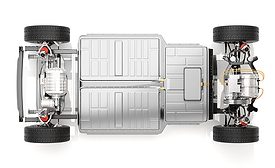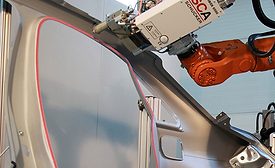Home » Keywords: » lightweighting
Items Tagged with 'lightweighting'
ARTICLES
2022 Voices from the Top: Adhesive & Sealant Industry Insights
To develop Voices from the Top, we reached out to key leaders at some of the top adhesive and sealant companies to get their insights on a number of issues.
June 27, 2022
Strategic Solutions
The Wonderful Wide World of (Pressure-Sensitive Adhesive) Tape
The pressure-sensitive tape market continues to expand, with global growth rates predicted to be over 6% through 2030.
April 26, 2022
Electric Vehicle Market Advances Generate Adhesive Technology Innovations
As the electric vehicle market evolves and develops, adhesive manufacturers create new technologies to meet these needs.
February 11, 2022
Market Trends
Strong Growth Projected for Automotive Adhesive Tapes
Several key trends will help drive the 6.1% CAGR expected for automotive adhesive tape revenues through 2028.
February 9, 2022
Hexion’s Composite Technology Wins Two Awards from SPE
Hexion's composite technology was recognized in awards within the North American and Central European divisions, as well the Grand Award.
November 26, 2021
DuPont Breaks Ground on New Facility in East China
The facility will produce a range of materials to advance applications for electrification and lightweighting in support of growing demand for DuPont’s automotive adhesives.
November 22, 2021
Seven Ways Adhesives Push Electric Vehicle Design Forward
Adhesives offer significant advancements in electric vehicle safety, cost, durability, and performance.
August 2, 2021
Keep the info flowing with our eNewsletters!
Get the latest industry updates tailored your way.
JOIN TODAY!Copyright ©2025. All Rights Reserved BNP Media.
Design, CMS, Hosting & Web Development :: ePublishing












